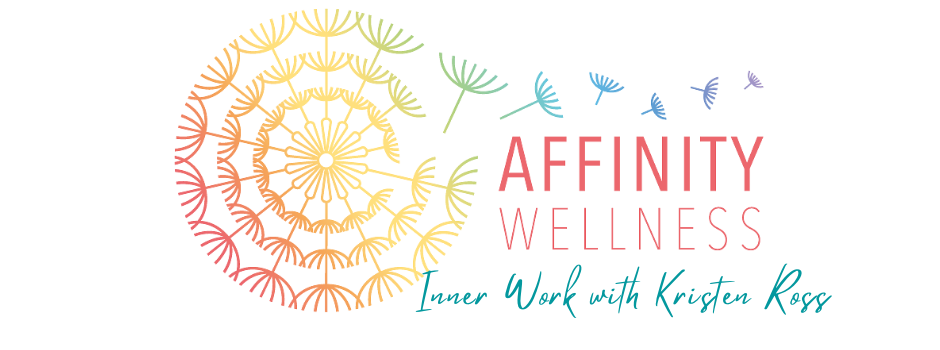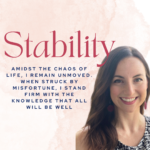
How to Worry Less and Live More.
Unfortunately, stress is an inherent part of being human.
For many of us, it is difficult to avoid dwelling on stressful situations which causes worry and anxiety.
Reduce confusion.
How often do you find yourself confused or overwhelmed?
Confusion is a primary cause of worry.
Most people move straight into worry when faced with stressful situations and don’t take the time to analyse the situation to discern if worrying is actually necessary.
There are ways to examine your fears and worries. Cognitive Behavioural Therapy (CBT) provides many tools such as the Thought Monitoring Form and Socratic questioning techniques that can help you to break down the source of your stress into smaller parts.
A basic three-part solution to your worry using CBT might look like this:
1. Get the facts about the situation.
2. Analyse those facts. Ask yourself the questions: What can I do about the situation? What is most likely to happen? What do I want to get from this situation? What is the worst and best case scenario? List your options for taking actions and rule out those options which do not seem viable.
3. Make a decision based on your best options and take action.
Stick with your decisions.
It’s common to wonder whether we have done the right thing, and it causes undue stress.
We can only ever look back and assess the outcome of our choices from the present moment.
When we second guess ourselves, we mentally backtrack, stopping us from moving forward on our chosen path. Backtracking lessens our confidence in ourselves to trust that we have made the right decision.
Once you have made a decision based on your analysis of a situation, you should move forward with it without doubting yourself. Doubt creates uncertainty so try not to unravel yourself by wavering, this can become a pattern and you might continually find yourself starting over and over again and not progressing.
Live in the Now
You may be aware of the concept of mindfulness, and you might even meditate, but do you practice it where it counts?
Have you ever considered that worrying about the past or the future is a form of sabotage?
Worry sabotages your mind and your ability to take action based on the present moment.
Consider that whatever has happened in the past or could happen in the future is never relevant in the present moment. Being mindful in the moment is about accepting the situation as it is, not as it could be or was.
There is a difference between planning and worrying. Planning for the future based on past experiences can be hugely beneficial because it sets you up for better results based on previous efforts. Worrying about the future only leads to anxiety which can debilitate you. Focusing on what you can do in the present moment will create change and help you release worry.
Let Go
There are times when it is better to leave a situation before it gets any worse. Learn what your boundaries are before you take action so that you can assess situations as they arise. If you find yourself involved in a situation that causes stress and anxiety to the point where it is negatively affecting your life or your health, you should be able to walk away for your benefit. Too often we hold on too tightly to ships that are sinking. Learn when to let go and release without regret.
Be Positive
By focusing on the positive aspects of a situation and practicing gratitude, we can release worry and anxiety by bringing ourselves into a more positive frame of mind.
Stay rested and relaxed
Stay Organised
Knowing where things are and when certain things need to happen, can help you to stay on track and space your tasks out so that you can accomplish them while also giving you time to rest as needed.
We often worry because our lives are busy and we have too much to do to stay on top of everything.
By maintaining organisation in our lives, we create space in both our calendars and our minds.
Kinesiology can help you stop worrying.
Kinesiology is designed to identify and reduce stress, worry and anxiety on different levels
Kinesiology helps identify the causes of worry by accessing the many subconscious connections that lead to an anxious state. By working with the subconscious mind to unlock and integrate past experiences and events, we can help the body to let go of stress and the need to feel worried.
Kinesiology works with the Chinese medicine meridian system, the chakra system, Yoga philosophy and practices such as meditation to balance energy centres.
When treating worry anxiety with kinesiology we recommend:
- An initial 90-minute kinesiology consultation followed by 3 – 5 standard consultations 1 -2 weeks apart.
- Further follow-up standard consultations should be spaced between 2 -4 weeks apart or booked as needed.

If you want to find out more about anxiety check out beyond blue and download a fact sheet from their website.
If you would like help managing the symptoms of anxiety between therapy sessions. I recommend downloading my Quick Calm Anxiety Relief E-Book.
Kristen Ross founded Affinity Wellness in 2007 and since has helped hundreds of clients to unlock their Inner Guidance, Unleash their potential and create lives they love.
With a history in the management of artists. Kristen had the opportunity to help guide the careers of many professional actors and artists, helping others thrive personally and professionally by connecting to their intuition and inner compass, this led her to study healing modalities such as kinesiology and counselling to enhance her work as a soul empowerment guide.
Kristen combines a striking combination of energy healing (kinesiology), counselling, coaching, dreamwork, meditation and yogic medicine practices to tap into the many facets of the self, mind, body and soul and release the layers that block her clients from accessing their intuition and self-love.
She believes that your life is your spiritual practice and that every decision you make is a part of your journey towards peace, power and enlightenment.
Everything you create and achieve comes from your ability to love and accept yourself and to do that you must engage in inner work.
Kristen currently runs a private online practice servicing individuals across Australia, New Zealand and the UK based in Melbourne, Australia.




